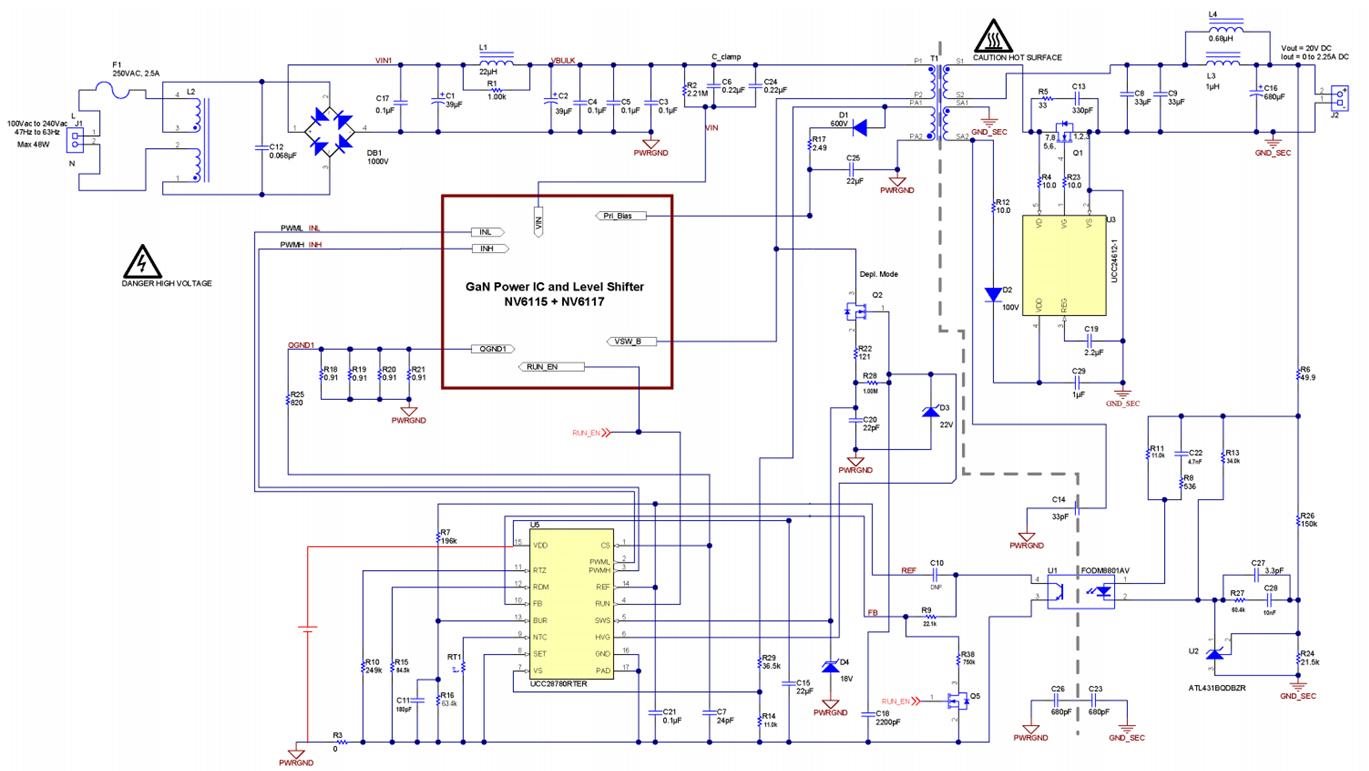Other Parts Discussed in Thread: UCC28780
Hi sir:
We have was remove auxiliary winding of the converter’s transformer Connect to VDD.
But 19.2V extra power supply to VDD.
Could help us why EVM output voltage is faill.
We have application input 9 V ,Could you recommend about start-up for low voltage.
Thinks


